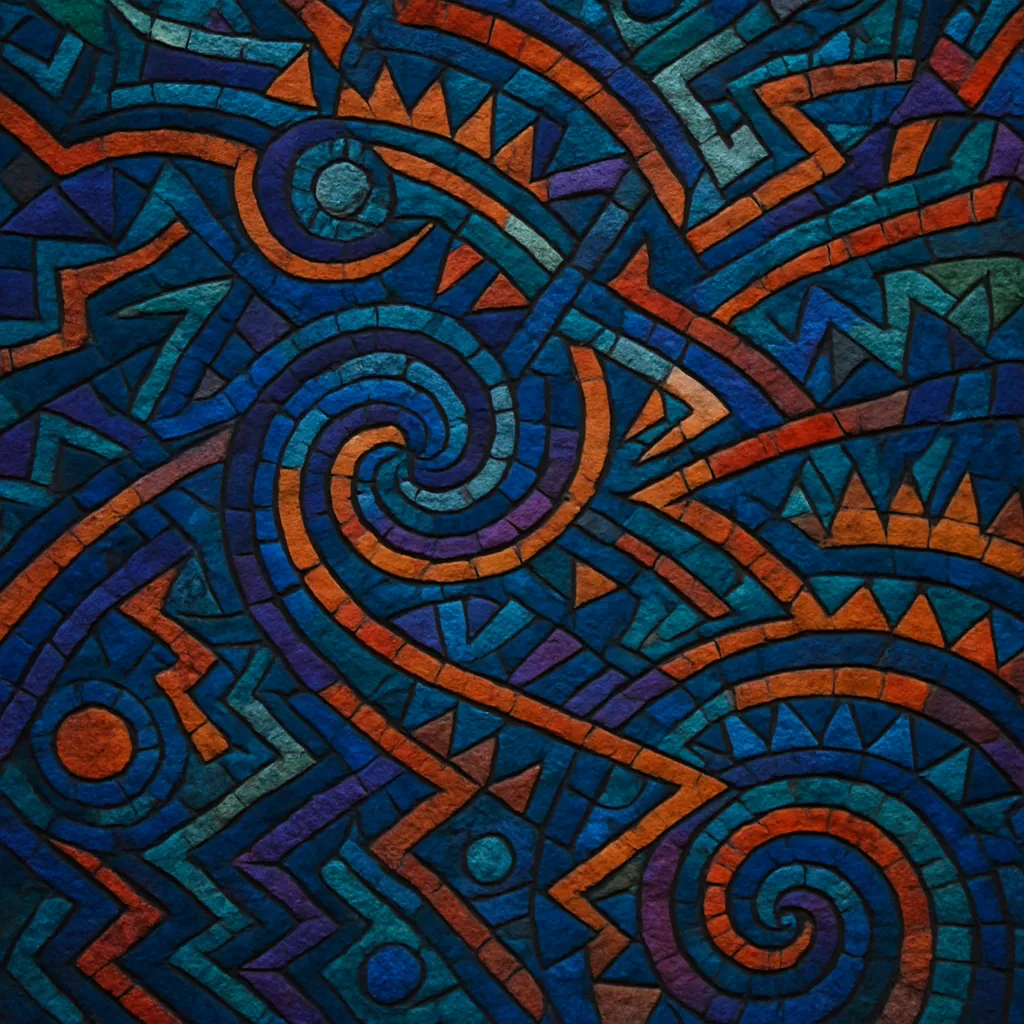Psybreaks (psychedelic breaks) is a breakbeat subgenre that fuses the syncopated, rolling drum patterns of breaks with the hypnotic sound design, atmospherics, and timbral psychedelia of psytrance.
Typically sitting around 135–142 BPM, psybreaks favors chunky, swung breakbeats; morphing, off‑beat bass figures; acid and FM‑driven leads; and dense FX that evolve through long filter and modulation sweeps. The result is music that feels both techy and psychedelic: groovy enough for the dancefloor yet expansive and trippy in its textures.
Hallmarks include intricate stereo movement, gated and band‑passed textures, alien percussive blips, and tension‑and‑release arrangements that mirror psytrance while preserving the rhythmic looseness and funk of breakbeat.
Psybreaks emerged when the UK breakbeat scene began absorbing psychedelic trance aesthetics. While trance‑inflected breaks existed earlier, the explicitly psychedelic identity coalesced in the 2000s as producers married broken rhythms to psytrance’s evolving bass design, acid motifs, and FX‑heavy arrangements. Club culture in the UK (and pockets of Finland and Spain) fostered a sound that kept breakbeat’s swagger while becoming more hypnotic and textural.
By the late 2000s, dedicated artists and labels codified the style. UK‑based Broken Robot Records, in particular, established a recognizable blueprint: tight, punchy breakbeats, morphing basslines, and surgically modulated synth work. Hedflux’s “Mindcell” (2010) became a touchstone, while artists like Neurodriver, Monk3ylogic, Kiwa, and Colombo spread the sound across festivals and club circuits.
Producers borrowed psytrance techniques (long automation, psychedelic FX, acid lines, spectral movement) but retained the rhythmic identity of breaks. Arrangements favored extended builds, psychedelic breakdowns, and big, syncopated drops. The mix aesthetic emphasized powerful, mono‑centered low end with wide, animated mids and tops.
As breakbeat’s mainstream waned, psybreaks cross‑pollinated with glitch hop, neuro‑inflected midtempo, and broader bass music—carrying its sound design philosophies into those spaces. Today it remains a niche yet global style, thriving in festival side stages, outdoor psy gatherings, and specialist labels, and it continues to inform modern glitch hop and neurohop production approaches.


